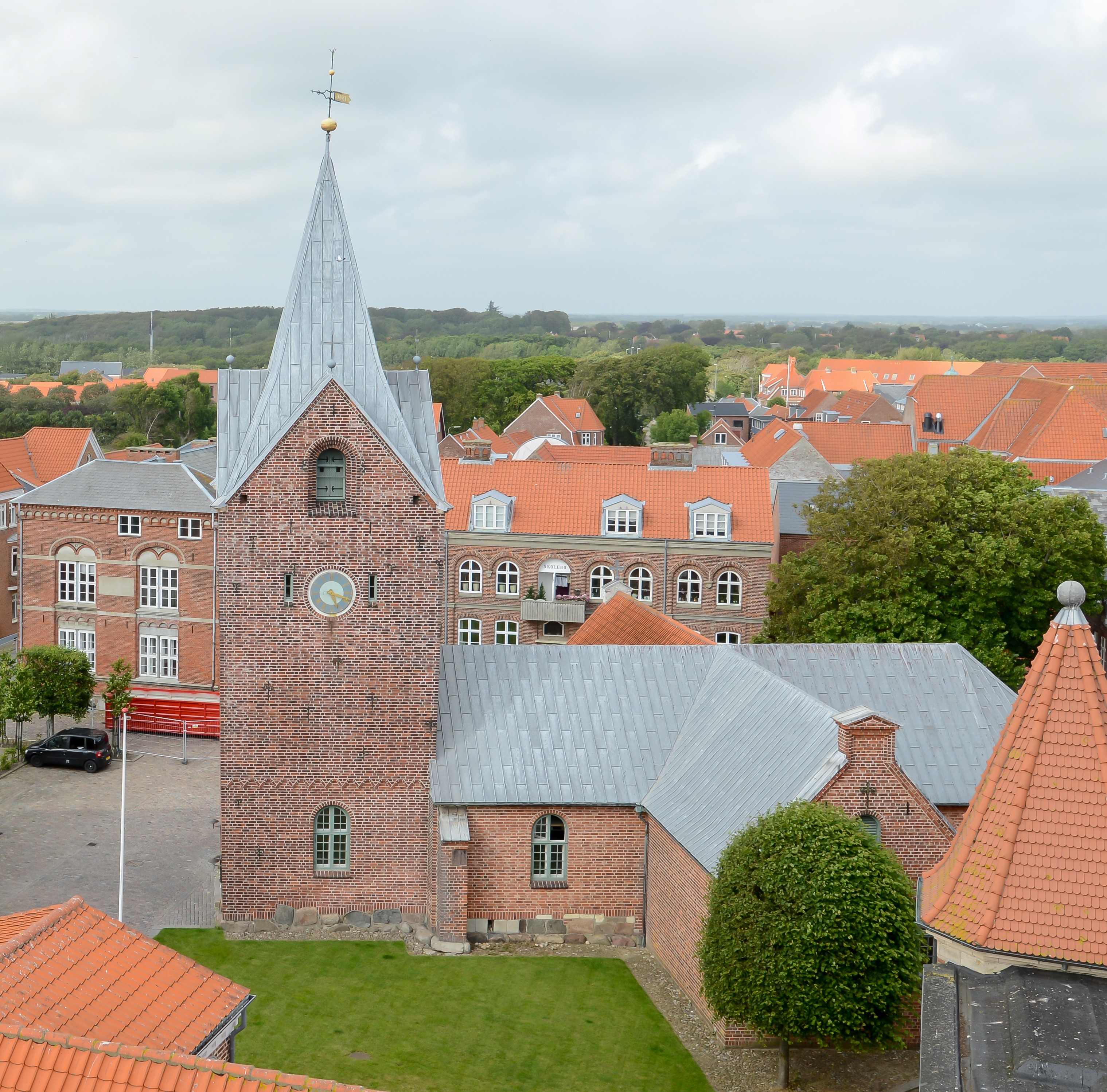- Shops
- Groceries
- Home and interior design
- Clothing, shoes and leather goods
- Accommodation
- Attractions and experiences
- Banks, lawyers, real estate agents and accountants
- Advertising and marketing
- Additional companies
- Car dealers
- Hobbies, sport and games
- Electronics and white goods
- Personal care
- Glasses, watches and jewelry
- Eateries
- Specialty shops
- Bog og ide
- Guld og rod
- Bonderosen
- Den lille Ravbutik
- Galleri Skomagerhuset
- Ringkøbing Bolcher
- HOLMSLAND
- Kjærstrup Chokolade
- Kloster Design/Charly's Café
- Hornvarefabrikken
- Westjysk Smag
- Raintree
- Ringkøbing Flagstænger
- Gejser
- Tante Blå
- Havebasen ApS
- Ringkøbing Børstenbinderi ApS
- Sangill blomster
- ByensBil.dk
- Drikula vin
- Inspiri by Ditte
- Vinspecialisten Ringkøbing
- Galleri Linda Stampe
- Activities
- Opening hours
- Tourist Information
- Parking
- Giftcards
- About us

